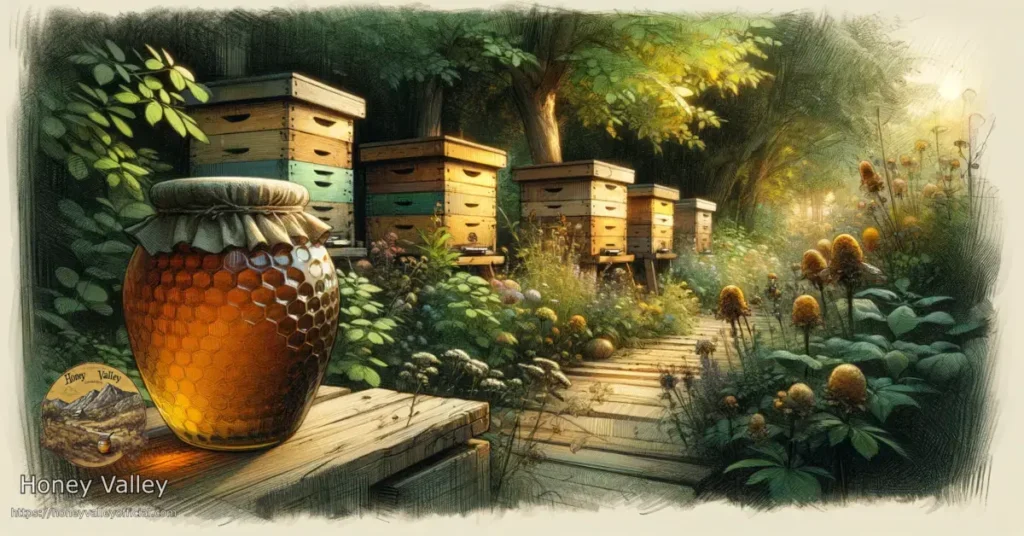Bees are incredible creatures that play a vital role in our ecosystem. They are not only known for their ability to produce honey but also for their fascinating behaviors and unique characteristics. Here are some interesting facts about bees that will amaze you:
1. Social Insects
Bees are social insects, which means they live together in organized colonies. Each colony consists of three types of bees: the queen, drones, and worker bees. The queen is the only fertile female in the colony and is responsible for laying eggs. Drones are male bees whose sole purpose is to mate with the queen. Worker bees are infertile females who perform various tasks such as gathering food, building and maintaining the hive, and caring for the young.
2. Impressive Communication
Bees have an intricate system of communication. They use a combination of pheromones, dances, and vibrations to convey important information to other bees in the colony. For example, when a worker bee discovers a rich source of nectar, it performs a “waggle dance” to communicate the direction and distance of the food source to other bees.
3. Exceptional Pollinators
Bees are crucial pollinators for many plants, including crops that make up a significant portion of our food supply. As bees move from flower to flower in search of nectar, they unintentionally transfer pollen from the male parts of a flower to the female parts, enabling plants to reproduce. Without bees, many plants would struggle to reproduce and produce fruits and seeds.
4. Complex Navigation
Bees have remarkable navigation skills. They use a combination of visual cues, such as the position of the sun, landmarks, and polarized light patterns, to navigate their surroundings. Bees are also known to have a built-in “internal compass” that allows them to calculate the angle and distance of their flight path.
5. Honey Production
Bees are renowned for their ability to produce honey. Worker bees collect nectar from flowers and store it in their honey stomachs. Enzymes in their stomachs break down the complex sugars in the nectar into simpler sugars. Once back at the hive, the worker bees regurgitate the nectar and pass it to other bees, who further process it by evaporating the excess moisture. The end result is the sweet and nutritious substance we know as honey.
6. Sting Defense Mechanism
Bees have a well-known defense mechanism – their sting. However, not all bees sting. Only female bees, including worker bees and queens, have stingers. The stinger is a modified ovipositor, which is used by the bee to lay eggs. When a bee stings, it injects venom into its victim, causing pain and swelling. Unfortunately, after stinging, the bee dies as its stinger is barbed and gets stuck in the victim’s skin.
7. Varied Species
There are over 20,000 known species of bees worldwide, with around 4,000 species found in North America alone. These species vary in size, color, behavior, and habitat. From the tiny stingless bees to the large carpenter bees, each species has its own unique characteristics and role within the ecosystem.
8. Beeswax and Propolis
In addition to honey, bees produce other useful substances. Beeswax is a natural wax secreted by worker bees and is used to build and maintain the hive’s structure. It is also used in various products such as candles, cosmetics, and polishes. Propolis is a sticky resin-like substance collected by bees from tree buds and sap flows. Bees use propolis to seal cracks in the hive and protect it from pathogens, making it a valuable natural antibiotic.
Bees are truly remarkable creatures that deserve our admiration and protection. Their intricate behaviors, exceptional pollination skills, and valuable products make them an integral part of our ecosystem. By understanding and appreciating these fascinating facts about bees, we can work towards creating a more bee-friendly environment.

